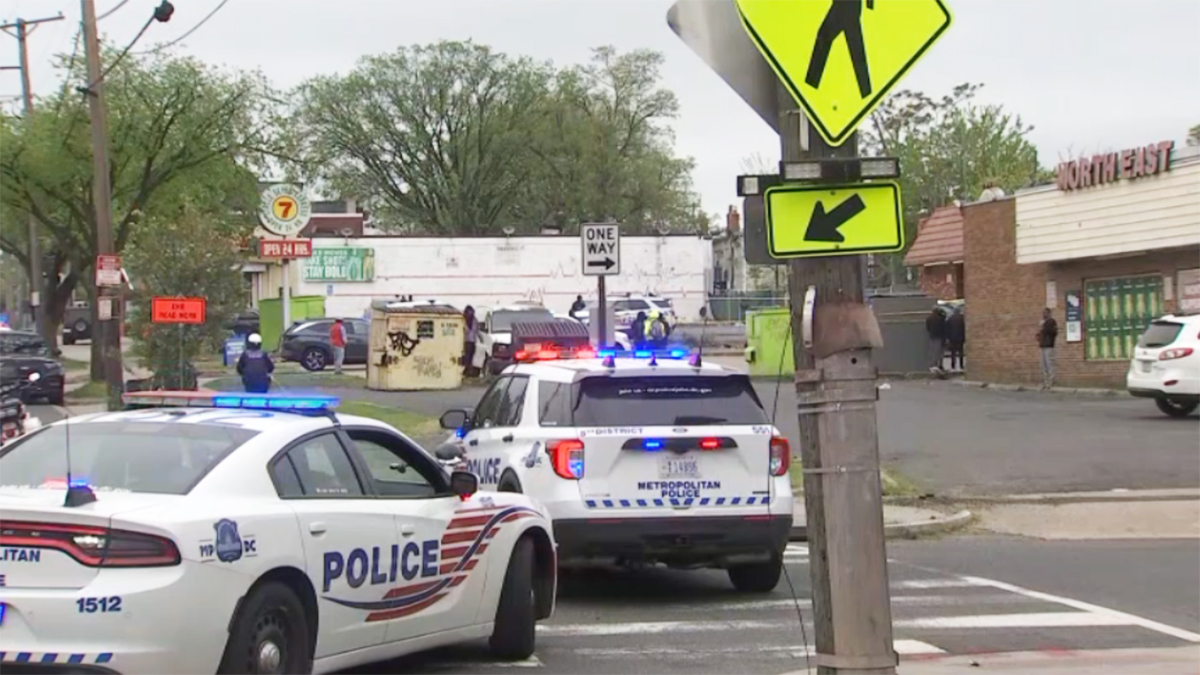Fire safety characteristics of vinyl siding
- Vinyl, also known as PVC or polyvinyl chloride, starts with two simple building blocks: chlorine (57%) from common salt and ethylene (43%) from natural gas. While all organic materials (that is, anything containing carbon) will ignite if exposed to a high enough temperature, vinyl siding is more difficult than many other building materials to ignite due to its chlorine base. This means vinyl siding won’t ignite, even from another flame, until it reaches about 730°F (387°C), and will not self-ignite until 850°F (454°C). Those ignition temperatures are significantly higher than common framing lumber and wood exterior wall covering, which ignites from a flame at 500°F (260°C) and self-ignites at 770°F (410°C).
- Even if ignited, vinyl siding burns more slowly than wood. (A detailed explanation on ASTM E84 test methods and results can be found here.)
- Tests show that vinyl siding needs unusually high amounts of oxygen to burn and stay burning. It will not independently sustain combustion in air with a normal concentration of oxygen (about 21 percent) — so it extinguishes relatively easily.
Residential construction considerations
- All combustible materials will burn, especially wood; the difference is only a matter of degree, and it is often not as great a difference as one might suppose.
- That said, claddings of any type are rarely a factor in residential fires. According to the National Fire Protection Association, only 4 percent of all residential fires start on the outside of the structure, but do not necessarily originate with the exterior cladding. Fewer than 2 percent of house fires originate with the exterior wall surface, and fewer than 3 percent of all fires go beyond the structure of origin. The most common areas that produce fires are the kitchen, bedroom, and living room, and most fires (69 percent) never leave the room of origin.
- Because house fires can and do happen, a focus of residential construction needs to be limiting the spread of fire to critical areas, such as eaves, which may allow fire to spread from the exterior wall to the attic.
- One approach would be to “harden” the interface between the exterior wall and the attic so that fire cannot spread so readily into the attic. This would be consistent with the overall fire protection strategy for combustible buildings, which is to compartmentalize fire so that it cannot readily spread to different areas of the building, while still providing necessary functions such as ventilation.
- Standards need to set performance criteria to support innovation and consumer choice that do not unnecessarily limit design and affordability factors.
Industry response to the flawed methodology of the U.L. Report
The U.L. report, Study of Residential Attic Fire Mitigation Tactics and Exterior Fire Spread Hazards on Fire Fighter Safety and associated video modules that suggest that construction using wood sheathing provides a significant advantage over other sheathings are misleading due to flawed methodology. For instance, the UL tests used an unusually high-energy ignition source and atypical plywood sheathing rather than the more common OSB sheathing. When properly controlled tests are done, the differences between the use of plastics and wood are less significant or non-existent.
The technical deficiencies were so egregious that representatives of the Vinyl Siding Institute (VSI), the National Association of Home Builders (NAHB), the Extruded Polystyrene Foam Association (XPSA), the Expanded Polystyrene (EPS) Industry Alliance, the Exterior Insulation and Finish System (EIFS) Industry Members Association, and the Vinyl Institute (VI) signed a joint letter in February, 2016, requesting that UL promptly remove the report and related wall assembly training videos from the UL website, UL’s YouTube channel and other UL forums.
Detailed examples of technical deficiencies pointed out in the UL report included:
- Wall assemblies used: A majority of the test assemblies (18 of 32, or 56%) incorporated vinyl siding, yet according to statistics included in the report 23% of new homes use brick veneer, 23% use stucco, and 18% use fiber cement siding. Baseline tests of individual wall materials were not conducted, rather wall assemblies with select combinations of siding, sheathing and insulation were chosen to be tested for fire performance. The report then proceeds to inappropriately draw conclusions about the “most hazardous” wall assemblies, without addressing the other commonly used wall assemblies.
- Test fire methodology: The fire burner used as an ignition source did not comply with any established ASTM or UL standard. Further, in several tests a gas grill was placed directly against a wall assembly to evaluate wall performance when exposed to a grill fire. Such direct contact is unlikely to occur in reality as it would be impossible to open the cover of a typical gas grill pushed that close to the wall.
- Improper, non-representative choice of sheathing made: Plywood was improperly selected as the representative sheathing, yet significantly more buildings are sheathed with oriented strand board (OSB) than plywood. It is well documented in testing that plywood has a significantly different fire response than OSB under similar conditions, and the report failed to control for or recognize this distinction.
- Incomplete test observations reported: Test notes frequently fail to report significant developments in fire progression and the relative contribution of siding and sheathing. This gives a misleading impression of the dynamics of fire growth.
- Unfounded conclusions and disparaging characterizations offered: The “Most Hazardous Wall Assemblies” section attempts to draw value-laden generalizations about specific building materials and wall assemblies, and applies a disparaging label to them. These conclusions are, at best, premature, as they are based on a flawed methodology, cited in part above. Furthermore, they fail to put these assemblies into an overall context of the fire risk associated with single-family residential (Type V) construction, and erroneously imply that these specific assemblies are uniquely hazardous while other wall assemblies are less hazardous.
In addition to these issues, the attached report also highlights statistics and information related to exterior fire and fire spread, which is a large part of the study’s focus. Many statements in the UL study are contrary to the trends and characteristics of the fire statistics which are collected under the National Fire Incident Reporting System (NFIRS) program run by the United State Fire Administration (USFA). Ironically, USFA is part of the same the same agency that provided grant funding for the UL report.
Local
Washington, D.C., Maryland and Virginia local news, events and information
Efforts to reduce the incidence of residential fires
Over the past year, VSI has worked closely with Chief Brower, other fire service members, and other material stakeholders to study recent trends in suburban fires. Our focus has been on working cooperatively to identify appropriate actions that can be taken to accurately and effectively address correctable fire safety issues, such as the use of combustible mulch and smoker habits, and on ways to limit fire spread into the building interior. We have met on a regular basis and expect to continue seeking effective methods for reducing property damage and risks to building occupants and firefighters.



